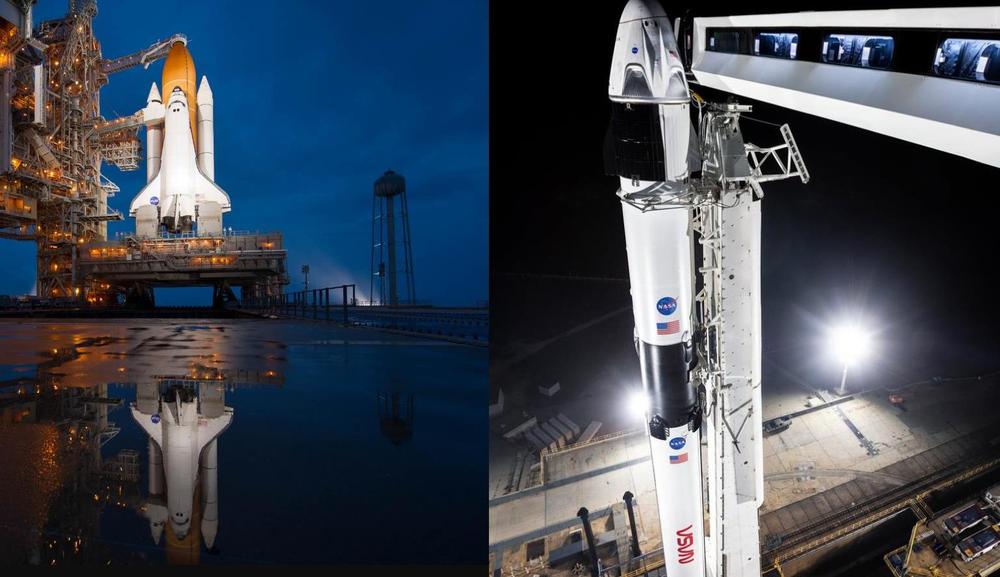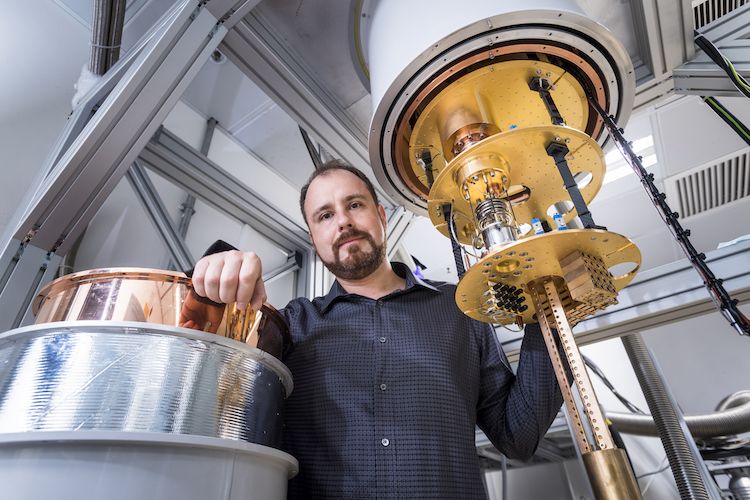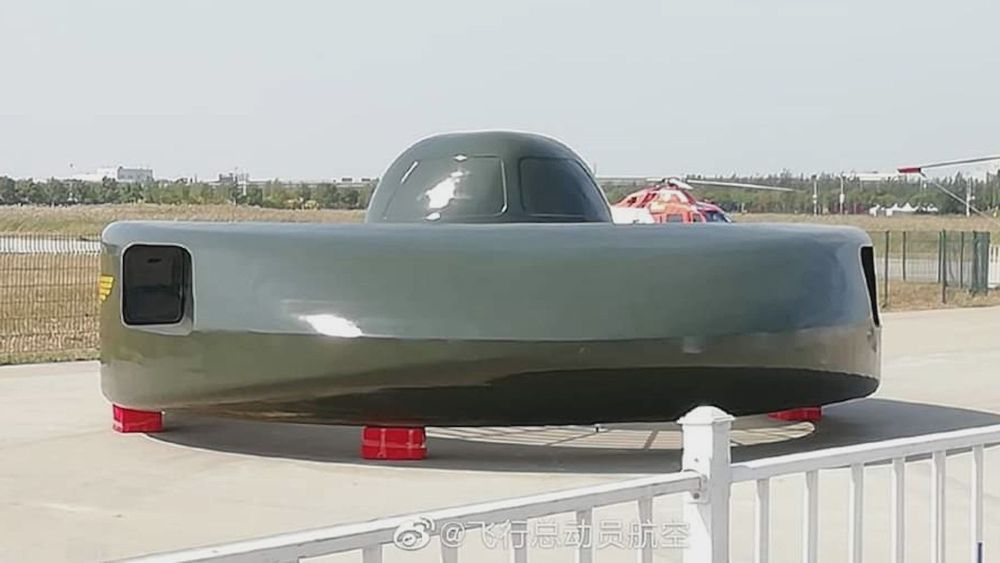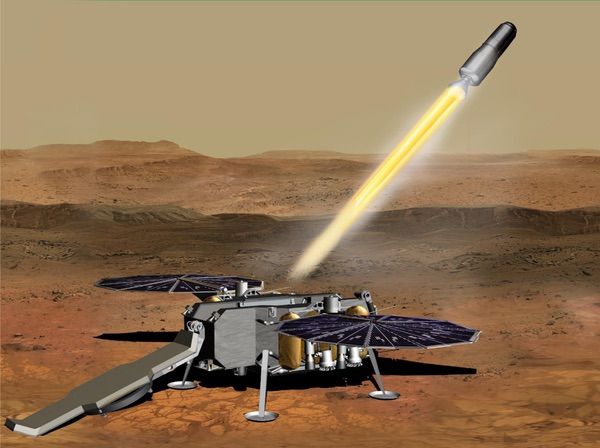Apr 28, 2020
From Shuttle Sadness to Dragon Delight — USA prepares to regain domestic crew launch capability
Posted by Genevieve Klien in category: space travel
The gap in US domestic crew launch capability is coming to an end as soon as next month, concluding a convoluted and painful path that ultimately began when Columbia was lost during STS-107. The last time American astronauts launched from US soil was in 2011 with Shuttle Atlantis during STS-135. SpaceX’s Falcon 9 is set to launch with Doug Hurley and Bob Behnken onboard the Crew Dragon as early as May 27.
For decades, the US relied on the Space Shuttle as its crew launch vehicle. While the Shuttle era was filled with accomplishments, its cost and complexity curtailed its envisioned role in taking the US space program forward and was ultimately shackled by safety issues that resulted in the loss of two orbiters and their crews.
The findings from The Columbia Accident Investigation Board (CAIB) ultimately set NASA on a path to transition to a new crew vehicle, to be designed and built while the Space Shuttle Program concluded a final swansong of missions focused on the assembly of the International Space Station (ISS).


















